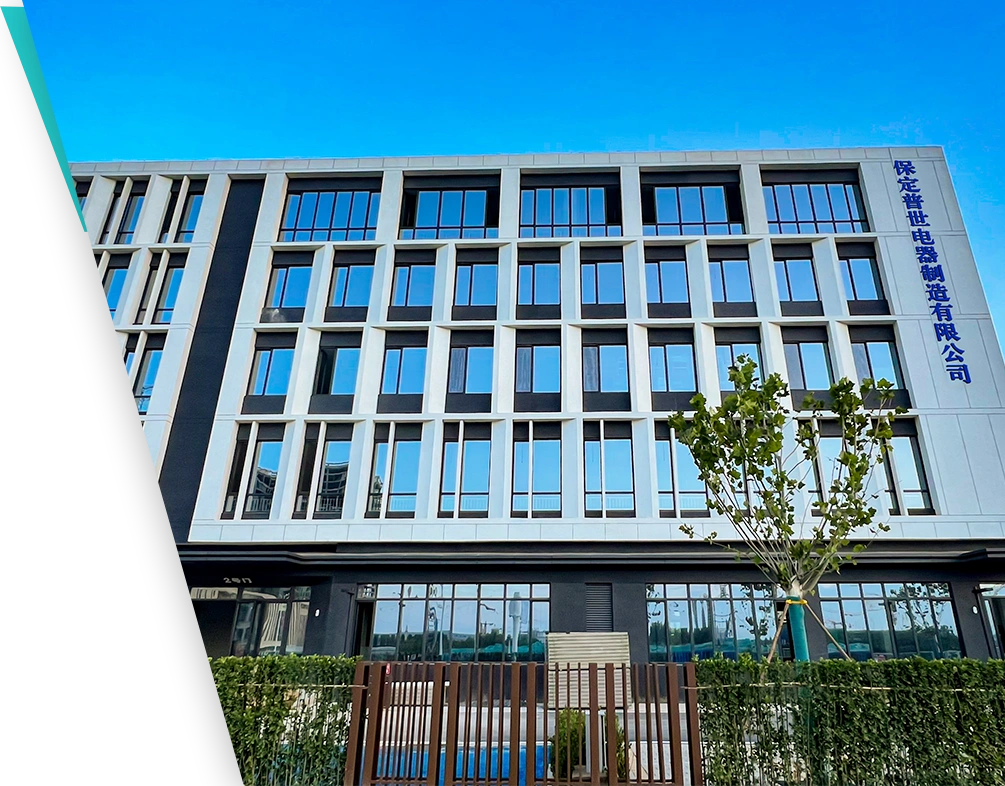 English
English


Gas Chromatography Mass Spectrometry (GC-MS) - Analysis and Applications
Understanding Gas Chromatography-Mass Spectrometry (GC-MS)
Gas Chromatography-Mass Spectrometry (GC-MS) is a powerful analytical technique widely used in various fields such as environmental monitoring, food safety, forensic analysis, and pharmaceutical research. This technique combines two distinct methods—gas chromatography (GC) and mass spectrometry (MS)—to separate and identify compounds within a mixture.
Gas Chromatography The Separation Process
The first component of GC-MS is gas chromatography, which is primarily responsible for separating volatile compounds in a sample. In GC, the sample is vaporized and carried through a column by an inert gas, often helium or nitrogen. The column contains a stationary phase coated onto its inner surface, which interacts differently with the various components of the sample as they pass through. This differential interaction leads to the separation of compounds based on their boiling points and affinities to the stationary phase. Each compound exits the column at a different time, known as the retention time, which is a key parameter used for identification.
Mass Spectrometry Identifying Compounds
Once the components have been separated by the gas chromatograph, they are introduced into the mass spectrometer. The mass spectrometry component plays a crucial role in identifying the separated compounds. In MS, the molecules are ionized, typically through electron impact or chemical ionization, which produces charged particles (ions). These ions are then accelerated through an electric field and sorted based on their mass-to-charge ratio (m/z).
gas chromatography mass spec

The resulting data, displayed as a mass spectrum, provides information on the mass of the ions present, which can be matched against known standards in a database for identification. Additionally, the abundance of each ion reveals the relative concentration of each compound present in the original mixture.
Applications of GC-MS
GC-MS's versatility and sensitivity make it ideal for numerous applications. In forensic science, it is used to detect and quantify drugs and toxins in biological samples. In environmental studies, GC-MS aids in analyzing pollutants in air, soil, or water samples. In the food industry, it helps ensure food safety by identifying contaminants or verifying the authenticity of food products. The pharmaceutical industry relies on GC-MS for substance identification and purity testing.
Conclusion
In summary, Gas Chromatography-Mass Spectrometry is a robust analytical technique that plays a critical role in various scientific disciplines. The combination of GC's ability to separate components and MS's capacity to identify and quantify them allows researchers to obtain valuable insights from complex mixtures. As technology advances, GC-MS continues to improve in sensitivity, speed, and accuracy, solidifying its place as an essential tool in laboratories worldwide. Whether it's tracking pollutants, testing for drugs, or ensuring food safety, the impact of GC-MS technology is profound and far-reaching.
-
Differences between open cup flash point tester and closed cup flash point testerNewsOct.31,2024
-
The Reliable Load Tap ChangerNewsOct.23,2024
-
The Essential Guide to Hipot TestersNewsOct.23,2024
-
The Digital Insulation TesterNewsOct.23,2024
-
The Best Earth Loop Impedance Tester for SaleNewsOct.23,2024
-
Tan Delta Tester--The Essential Tool for Electrical Insulation TestingNewsOct.23,2024





